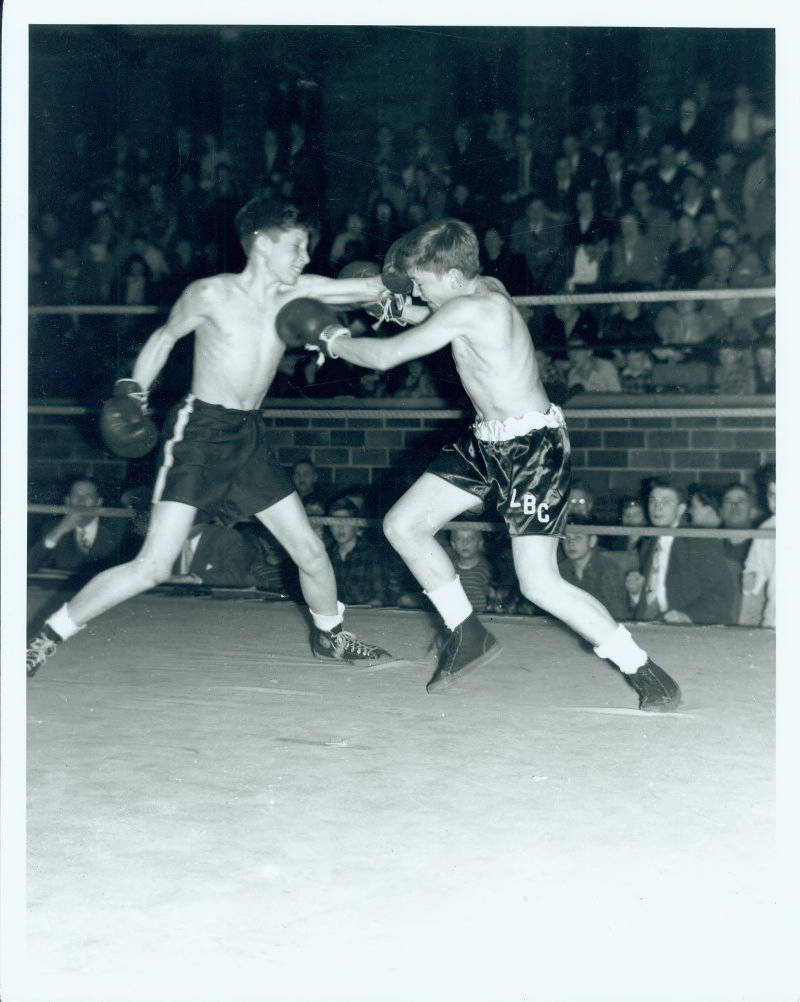In recent news, gender equality has been a prominent topic of debate throughout the United States. Within the past month, all branches of our military have opened up to female participation, and the debate over transgender students in locker rooms has been settled within Palatine High School. On a smaller scale, Libertyville has been resolving issues regarding gender equality as well.
Gender Equality in Physical Education
In December 2014, Libertyville High School announced that physical education classes would change to a co-education program starting with the 2015-16 school year. The decision was made for gender equality to occur within the physical education classes. As a result, this year students are enrolled in numerous co-ed programs ranging from grade-level physical education classes to weight-training, lifeguarding, CrossFit, dance, and total body fitness. All of these classes allow for the involvement of both males and females within the programs.
Prior to this announcement, the grade-level gym classes at LHS had been separated by gender. According to Mr. Scott Schinto, LHS physical education teacher, LHS was previously able to get around a law requiring schools to be co-educationally taught by having certain PE classes, such as weight training and sports education, be co-ed, while the general education PE classes were gender-separated.
In an interview conducted in January 2015, Physical Welfare Department Supervisor Patti Mascia explained that Libertyville High School was one of only nine schools not enforcing the co-ed curriculum. She stated, “We need a compelling reason for any segregation. In gym you can segregate students based on ability but not by gender. This may consequently segregate by gender as well.”
As of right now, general education programs at LHS are being taught co-educationally. According to Mr. Schinto, “The curriculum is fairly similar [to what was done in the past]…We as the educators and/or facilitators need to be more creative with the stuff that we do because a lot of things that we did were gender-specific.” Schinto believes there is still some work to done; it is a cumulative process in making the classes co-ed, he explained.
While the classes this year are integrated, the curriculum offered is considered sex-oriented, according to sophomore Hayden Marth. Marth’s sophomore P.E. class offered students two options of curriculum to choose from at the beginning of the year, which she believed were gender identified.
“I know that they have two curriculums, and one was kind of geared more towards guys because it was more athletic stuff, and the girls version included things like zumba, rhythmic gymnastics, and trampoline aerobics,” explained Marth.
The problem, according to Marth, is that at the beginning of the semester, each student was given a random number and had to wait their turn to pick the curriculum they would be participating in. The students who drew a small number chose first on the curriculum of their choice, while the latter were placed in the curriculum with the least amount of participants. This resulted in some students’ placement in a more gender-specific curriculum that the student may have not wanted.
Marth takes issue with this: “In my class, there are more girls than guys, so some of the girls that wanted the one [more feminine] curriculum weren’t allowed to be in it due to a limit on the number of students allowed to participate. Those girls ended up stuck in the curriculum they didn’t want and were upset.”
Mr. Schinto feels that going co-ed was definitely a difficult process because it was not so much a gender issue as it was a skill-level issue. Mr. Schinto believes it is important to keep students safe and to develop curriculum that does not cause injuries to occur due to varying skill levels.
It is Marth’s opinion that since the classes are integrated, then the curriculum should be as well. She does not see the point in integrating classes if the sexes will just end up separated with the choices of gym units offered. She also feels that if curriculum is to remain sex-oriented, there shouldn’t be a quota on the number of individuals in each curriculum.
Marth suggests that for full integration to occur, classes should have required, gender-neutral units so that all students may work and exercise together without the stress of optional curriculum.
“People who don’t get in the gym class they want, obviously, will not make the most out of their time in class. In the future, if gym classes eliminated the choice of different units and made it so that everyone had to do the same curriculum, then problems could be avoided,” Marth stated.
According to Mr. Schinto, “My goal as a teacher is to see kids enjoy what they do. This is an opportunity for kids to have 50 minutes of their day to relax, exercise, and have fun.”
Gender Equality in Sports
Nearly three months ago, Emily Regan, a sophomore member of the girls cross country team, approached Athletic Director Briant Kelly, questioning the policy regarding the dress code for girls and guys in sports.
Before this issue came up, girls were required to wear shirts, not just sports bras, during practice. However, boys did not have the same requirement; they could practice without a shirt on.
“I didn’t find it fair that we were all hot and couldn’t take off our shirts because we would get into a lot of trouble, and yet guys could do whatever they wanted,” described Regan.
Up until earlier this year, Mr. Kelly said he never heard any complaints. Senior Sarah Pirih of the girls cross country team said it was a frequent topic of conversation among them.
Mr. Kelly decided this was a good time to delve into the policies of other schools and discovered many of them required both genders to wear shirts.
As other schools in the surrounding area saw LHS looking into this previously overlooked policy, they began to question, and eventually change, their own.
Principal Dr. Marina Scott, team coaches, members of the team, and other schools in the nearby area were all involved in the deciding factor of this issue, according to Mr. Kelly.
Before this, the school hadn’t been approached about this sort of issue. Many of the students had team rules they abided by.
It took a few weeks for the school to think of the solution. They decided it was in the best interest for both teams, the school, and the majority of sports teams, with the exception of swimming and water polo, to wear shirts during practice, according to Mr. Kelly. This will be in effect for track in the spring as well as more immediate sports such as basketball.
“Sports teams represent LHS, so it’s important that they wear appropriate clothing,” said Mr. Kelly.
This decision was relayed to the coaches, who would enforce the rule over all student athletes.
Senior Gabriel Alesna was on the boys cross country team when this occurred. He believes no one, including Coach Stuart Mendelsohn, agreed with the rule, but it was something the school felt needed to be enforced.
“I feel like the school has the power to control this issue, but I don’t believe they should use this power,” stated Alesna.
According to Mr. Kelly, this issue is something people will become used to over time. Although they might need to remind students in the spring, and there will always be a little resistance to a new rule, the decision will stick.
“Overall, I would like for there to be equality when talking about what people can wear for sports,” said Pirih. She believes this is an issue that was never fair and she’s glad it has been resolved.






![Senior Liam Hanson (1) is escorted by his parents before the game to celebrate senior night. He will miss “hanging out with [his] boys and going out to eat after games and practices.”](https://www.lhsdoi.com/wp-content/uploads/2025/02/IMG_1389-1200x800.jpg)
